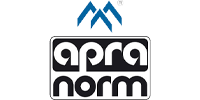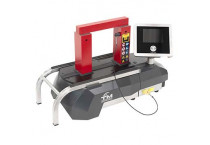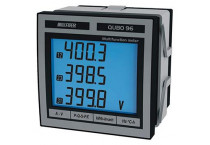Статията представя цялостно ръководство за въртящите се съединители, разглеждайки тяхната конструкция, ключови технически термини и чести проблеми като несъосност. Обяснява се значението на правилния избор, монтаж и поддръжка за оптимална работа. Сравняват се също съединители, поддържани от въглеродни водачи и лагерни подшипници, като се подчертава тяхното използване при различни работни условия. Текстът акцентира върху критичните фактори, влияещи върху износването на уплътненията, като скорост, налягане и температура, както и необходимостта от редовна подмяна на уплътнителните пръстени.
Компоненти за електроенергетика, автоматика, електроника, електротехника. Над 140 водещи производители.
Доставчици
Вижте всички доставчиципродуктови категории
Вижте всички категорииПоследни публикации
-
Плъзгащи се пръстени и въртящи се съединения – приложенияRead more
Запознайте се с приложенията на плъзгащите се пръстени и въртящите се съединения в авиацията, отбраната, космоса и индустрията. Разберете как те осигуряват надеждност и непрекъсната предаване на сигнали и енергия.
-
Основи на дълбочинното и морското строителствоRead more
Запознайте се с основите на дълбочинното и морското строителство – научете как работят драгажите, системите за навиване на омбиликални маркучи и въртящите се съединения, подпомагащи пристанищните работи и защитата на бреговата линия.

























































